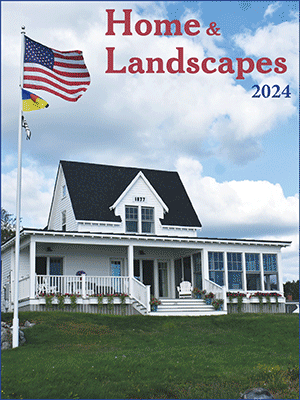By the sea
“Isn’t this great!” crowed my new friend, Ellie. She was showing me around the cottage she and her husband had just acquired.
Naturally, we visited the gardens. Above the house blazed a colorful cutting bed, full of cosmos, gladioli, zinnias and Shasta daisies.
“This season, I can pick the flowers carefully for indoor bouquets. I’ll do it so nobody will notice that flowers are missing from the garden. But next year…
“Now, we’ll go down to my special little nook. I’m going to put a bench there, so we can watch the sea.”
We walked down three stone steps to a tiny lawn, bordered on the sparkling sea side by a stone wall and a hedge of Rosa rugosa. Near the steps waved the feathery tops of asparagus plants. At summer’s end, it seemed, this clear day, as if the season would go on forever.
Winter was mild that year, and my friends busied themselves with small changes in house and grounds to suit their way of living. That spring, they picked a rich harvest of asparagus from in the patch in their private little garden.
But Ellie was dismayed to find that the seaside-rose hedge was growing onto the lawn. She discovered that removing the roots was a daunting task. Nevertheless, they cut back most of the intruding suckers.
That fall was different. To Ellie’s dismay, autumn storms roared in and at high tide, waves crashed over the stone wall, flooding the small garden.
The next spring, everything in that space was calm, though strewn with seaweed. Ellie had learned that one can’t count on the sea to behave consistently, year after year.
Above, the cutting garden, too, has changed. This year, the homeowners are trying a bed of edible flowers and plants. Below, the asparagus thrives and the roses are once more a concern. But now Ellie realizes that those tough plants (the grass, roses and asparagus) were planted beside the sea because they’re salt-water survivors.
Event Date
Address
United States






















